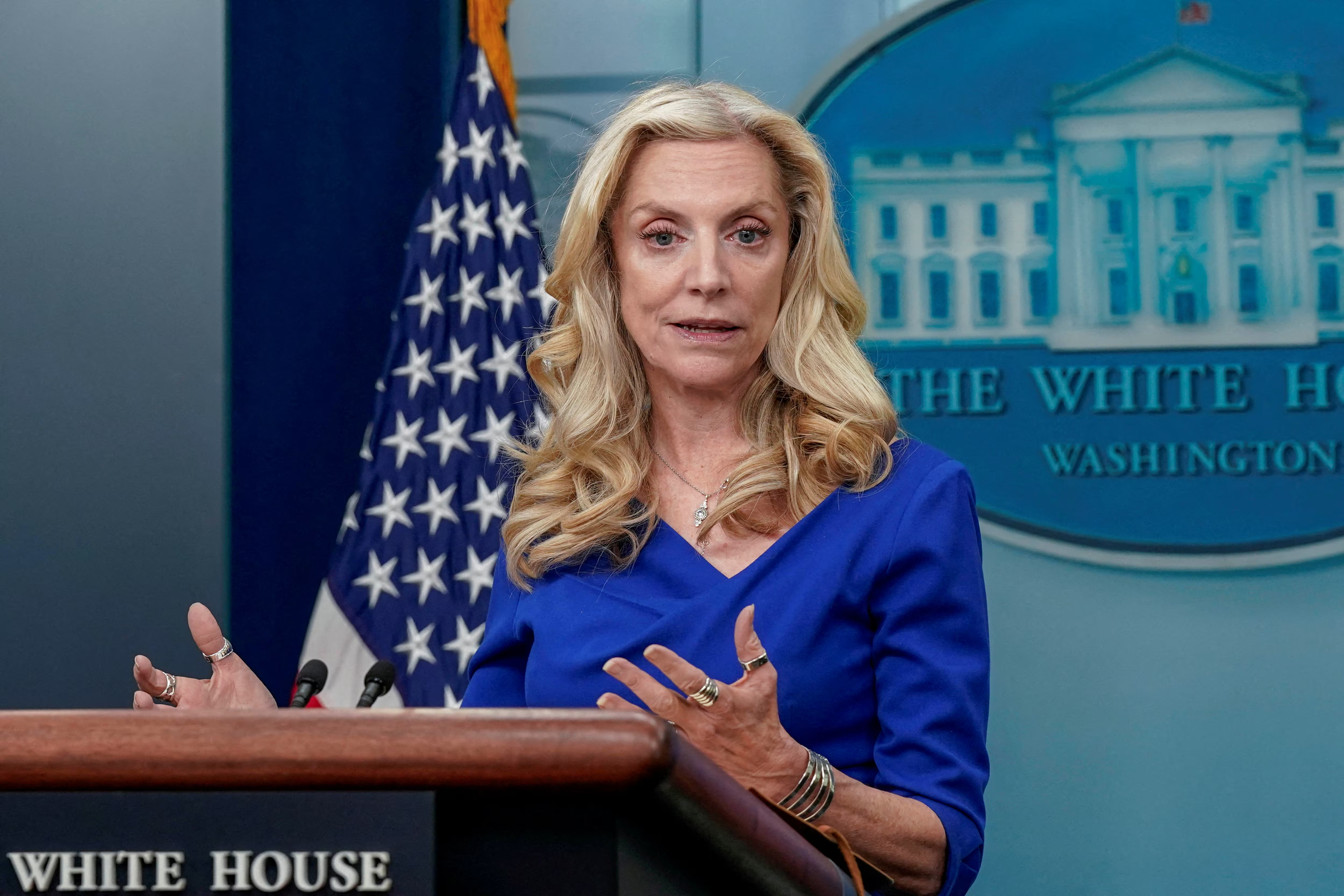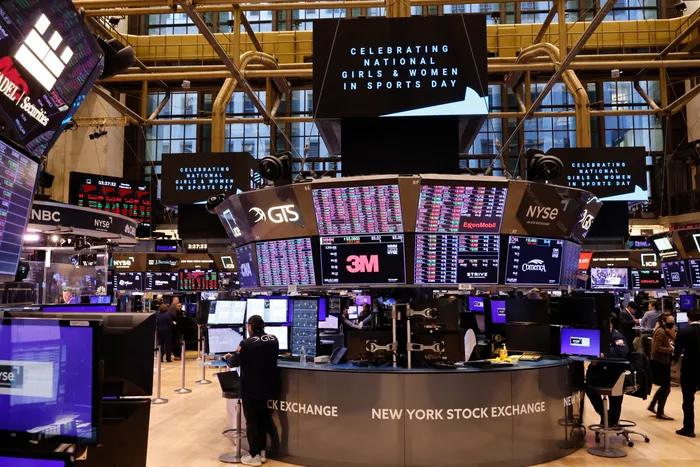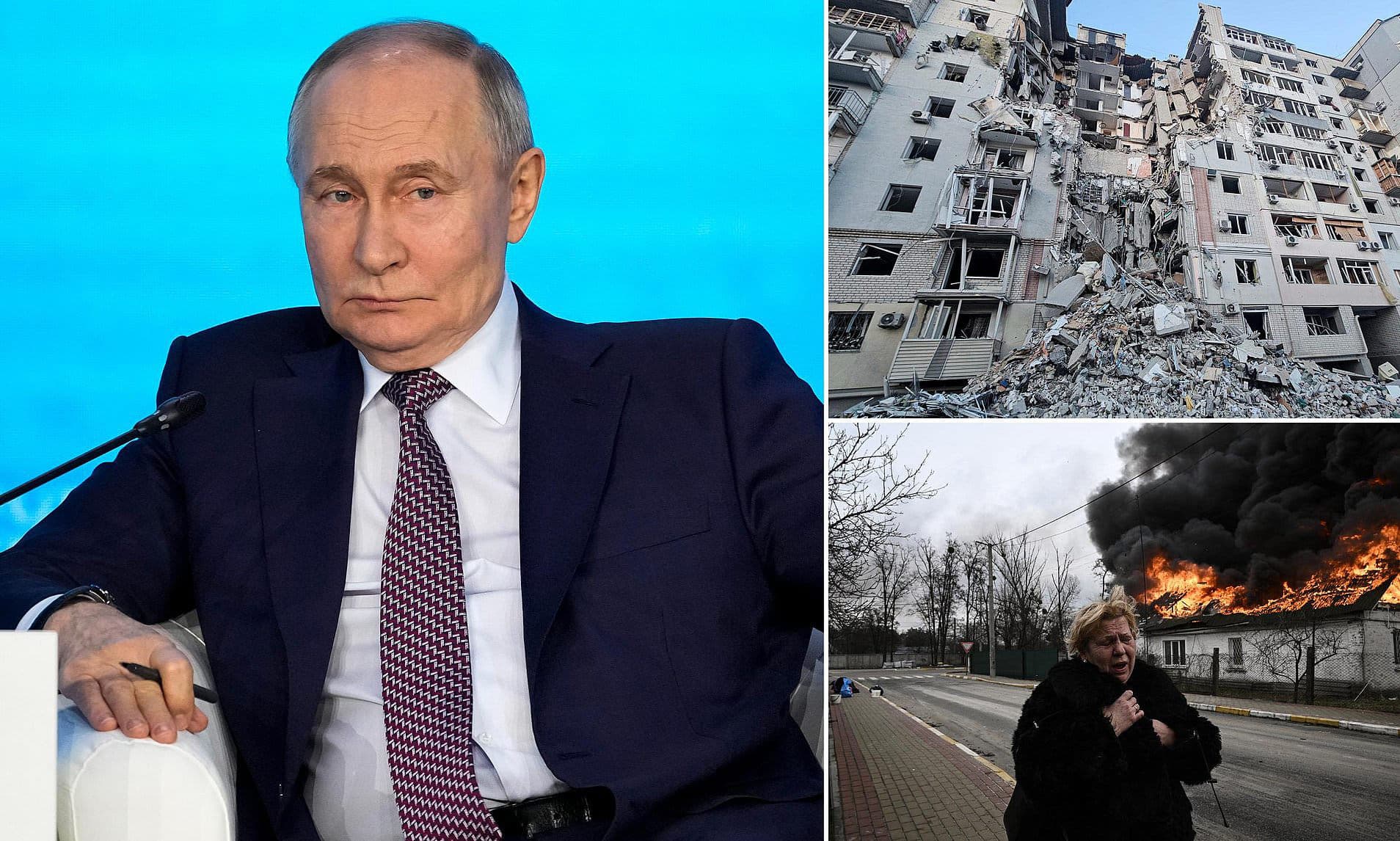As we enter the second half of 2025, the economic landscape is shifting dramatically, unsettling both investors and working families. According to Wells Fargo, job growth is set to decelerate to an alarming average of only 50,000 new jobs per month for the remainder of the year. This stark contrast to the 130,000 monthly jobs created in the first half of 2025 is not just a statistical anomaly; it signals deeper issues within our economy that predominantly affect the working class.
Trump"s Tariff Threats Fuel Inflation Woes
The current economic turmoil is compounded by President Trump’s combative trade policies, particularly his recent threats of a 50% tariff on goods imported from Brazil and a 25% tariff on products from South Korea and Japan. With the deadline for these tariffs looming on August 1, businesses are bracing for a ripple effect that will likely lead to increased consumer prices. As reported by AP News, Trump’s unpredictability in tariff announcements creates an atmosphere of uncertainty that is wreaking havoc on economic stability.
Inflation Expected to Rise Amidst Stagnant Wages
Wells Fargo"s report anticipates inflation to rise to 3.1% year-over-year by Q4 2025, primarily due to the ramifications of these tariffs. This inflationary pressure comes at a time when real wage growth remains stagnant for many Americans. The core Personal Consumption Expenditures (PCE) deflator is anticipated to reach 3.1%, further squeezing the budgets of working families who are already grappling with rising costs of living. According to the University of Michigan, the combination of rising prices and stagnant wages is a recipe for increased economic inequality.
\n\n
White House"s Brainard says US won"t follow Japan, UK into ...
Job Market Resilience is a Mirage
While the labor market appeared robust in early 2025, the reality is that the data may paint an overly optimistic picture. The reported job growth of 256,000 in December 2024 and a monthly average of 186,000 jobs throughout the previous year mask significant disparities. Bureau of Labor Statistics data shows that job growth has been uneven, with only 17 states experiencing increases while 33 states remained stagnant or saw declines. This uneven recovery highlights the fragility of the job market and raises questions about who is truly benefiting from this so-called economic expansion.
Rate Cuts May Not Solve Underlying Issues
Wells Fargo"s analysts suggest that the Federal Reserve may enact three 25 basis point rate cuts later this year to stimulate job growth. However, this approach only addresses the symptoms of a deeper economic malaise without tackling the root causes of wealth inequality and job insecurity. The potential for easier access to loans for businesses may not translate into meaningful job creation, especially in a landscape where corporate interests often prioritize profits over people. As research indicates, without a focus on equitable growth policies and stronger labor protections, any gains made will likely be fleeting and inequitable.
As we navigate this economic quagmire, it is imperative to amplify the voices of those most affected—working-class individuals who face the brunt of these economic policies. The fight for economic justice must include a call for progressive taxation, robust worker rights, and accountability measures for corporations that prioritize profits over the welfare of their employees and communities.

Look inside the New York Stock Exchange: world"s largest ...





![[Video] US Secretary of State Marco Rubio discusses Ukraine's safety and prosperity](/_next/image?url=%2Fapi%2Fimage%2Fthumbnails%2Fthumbnail-1764534642844-kl6pso-thumbnail.jpg&w=3840&q=75)


